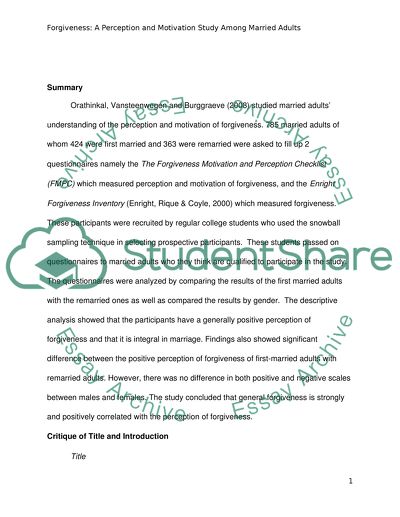Cite this document
(“Forgiveness: A Perception And Motivation Study Among Married Adults Book Report/Review”, n.d.)
Retrieved from https://studentshare.org/psychology/1460933-4-mat-review
Retrieved from https://studentshare.org/psychology/1460933-4-mat-review
(Forgiveness: A Perception And Motivation Study Among Married Adults Book Report/Review)
https://studentshare.org/psychology/1460933-4-mat-review.
https://studentshare.org/psychology/1460933-4-mat-review.
“Forgiveness: A Perception And Motivation Study Among Married Adults Book Report/Review”, n.d. https://studentshare.org/psychology/1460933-4-mat-review.


